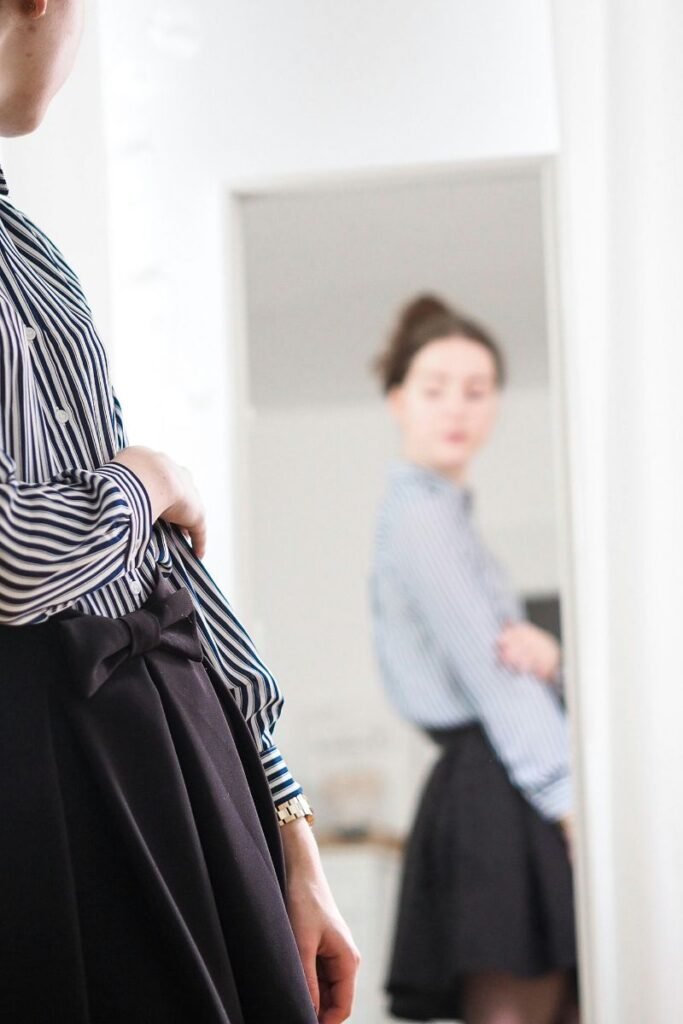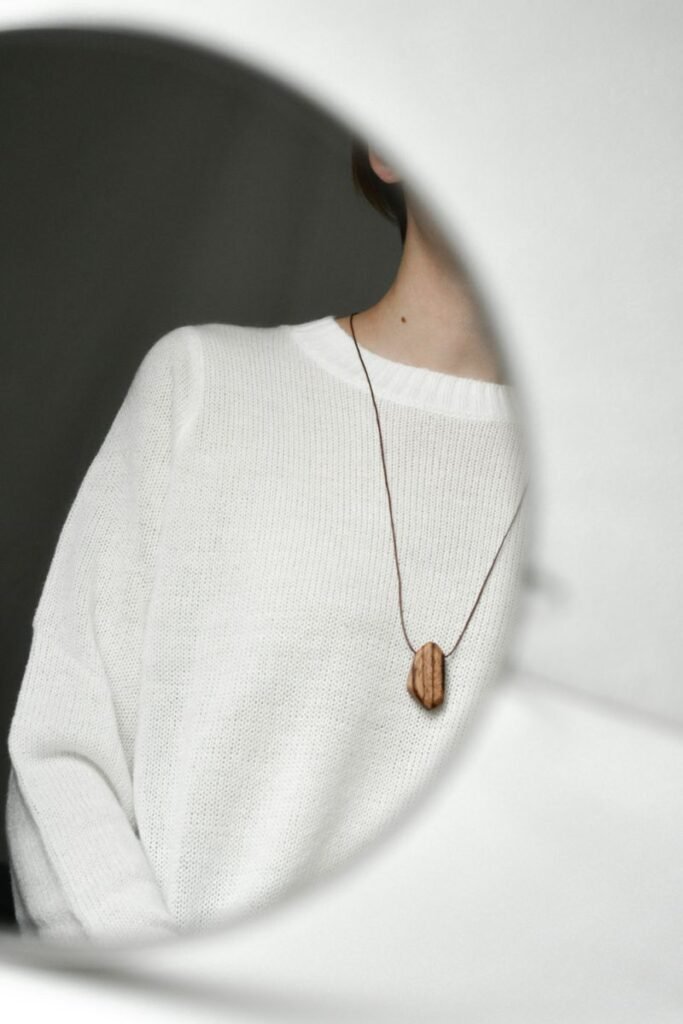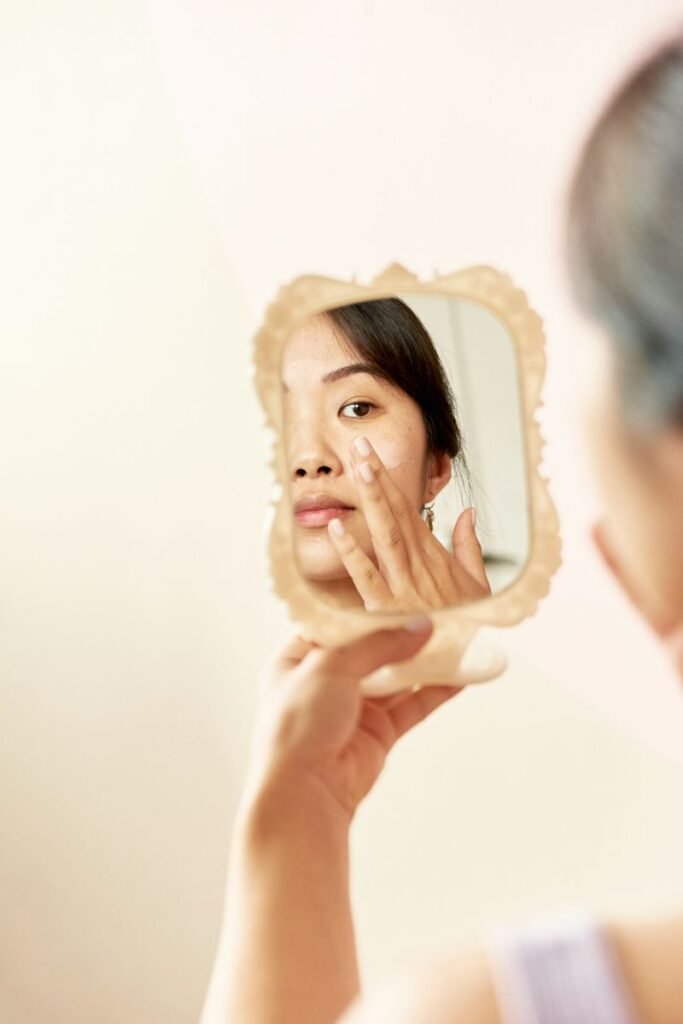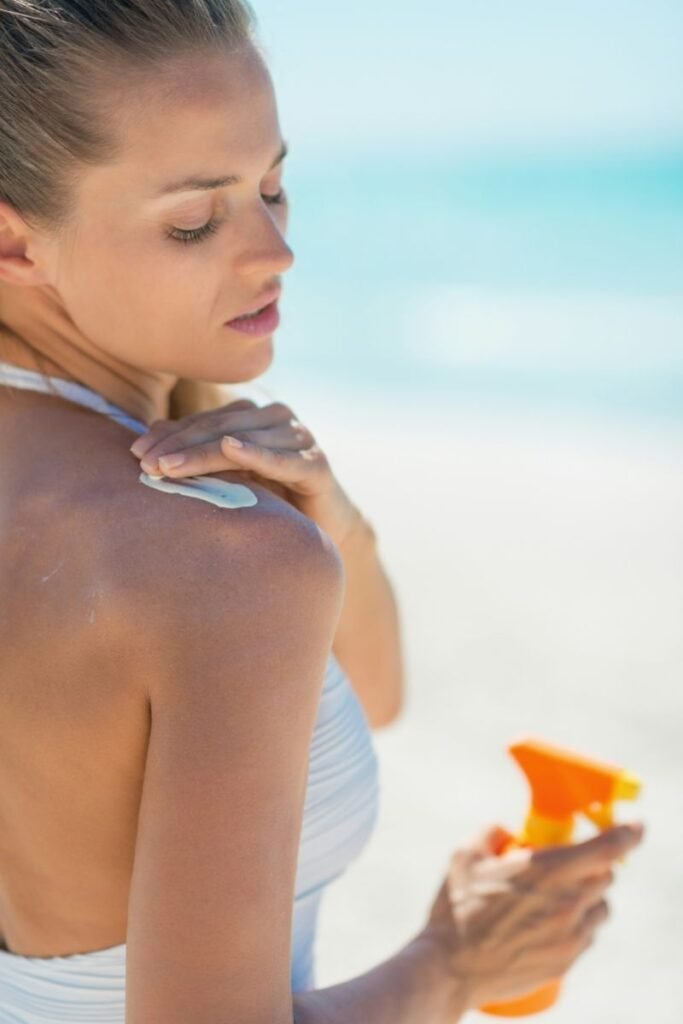Navigating your 20s can be an exciting journey filled with personal growth and self-expression, and the way you dress plays a significant role in that adventure. This is a time when you’re likely establishing your career, maybe exploring the dating scene, or simply figuring out your unique path in life. It’s important to have a wardrobe that not only reflects your individuality but also adapts to the varied occasions you’ll encounter. Your clothing choices can speak volumes about who you are and where you’re going, so dressing well becomes a powerful tool for projecting confidence and professionalism.
Building a versatile and stylish wardrobe doesn’t require an endless budget or a closet full of designer labels. It’s about understanding the essentials and knowing how to put them together. Perhaps consider a capsule wardrobe, which prioritizes go-to pieces that form the foundation of your style. Key items, such as a well-fitted blazer, crisp button-down shirts, or that perfect pair of jeans, can be mixed and matched to create looks that transition smoothly from day to night or from casual to formal.
Letting go of your teenage threads and upgrading to more mature and refined clothing might feel like a daunting task at first. However, discarding clothes that no longer resonate with your current self can be quite liberating. Aim to dispense with your teenage clothing and make room for outfits that align with your 20s lifestyle. Remember, dressing well in your 20s is less about impressing others and more about dressing for the life you want to lead. With the right approach, your wardrobe will not just be a reflection of your style but also a catalyst for your ambitions.
Understanding Your Body Type

Before you revamp your wardrobe, it’s crucial to know which clothes will flatter you the most. This means understanding your unique body type and how to dress it.
Identifying Your Shape
Your body shape determines which clothing styles will look best on you. There are generally five widely accepted body shapes: pear, apple, hourglass, rectangle, and inverted triangle. To pinpoint your shape, measure your bust, waist, and hips. An apple shape generally has a fuller middle, pears carry their weight on their lower half, while an hourglass shows an equal balance between bust and hips with a defined waist. Rectangle bodies have equal bust, waist, and hip measurements, and inverted triangles have broader shoulders compared to their hips.
- Pear (Triangle): Larger hips than bust
- Apple (Round): Broader waistline
- Hourglass: Balanced bust and hips with a narrow waist
- Rectangle (Straight): Uniform measurements
- Inverted Triangle: Broad chest and shoulders, narrower hips
Choosing the Right Fits
Once you know your body shape, look for clothes that create balance and highlight your best features. For instance, if you have a pear shape, select tops that accentuate your shoulders and balance your lower half. An hourglass find pieces that follow your natural curves, while rectangles gain definition with belts or waist-cinching attire. For those with an apple shape, V-necklines and flowing tops can elongate the torso. Inverted triangles may choose wider pants or skirts to balance broad shoulders.
Here are some tailored tips:
- Pear: Embrace A-line skirts, boat neck tops, and statement necklaces.
- Apple: Opt for tunics, mid-rise bottoms, and layered looks.
- Hourglass: Choose wrap dresses, fitted tops, and high-waisted pants.
- Rectangle: Experiment with ruffles, peplums, and scooped necklines.
- Inverted Triangle: Go for bottom flares, bright pants, and V-neck tops.
By understanding and dressing for your body type, you can enhance your appearance and feel confident in your clothing choices.
Building a Versatile Wardrobe

Creating a versatile wardrobe in your 20s sets the foundation for a timeless and adaptable style that can effortlessly transition through various phases of your life.
Essential Clothing Pieces
To start, focus on obtaining key staples that work for multiple occasions. Your closet should include:
- Basic T-shirts and tanks in neutral colors like white, black, and grey.
- A pair of well-fitting jeans, ideally in a dark and a light wash.
- A tailored blazer, which can elevate casual wear or complement formal attire.
- A little black dress, suitable for both day and night events.
- A versatile skirt, knee-length or midi, that pairs well with tops and blouses.
- A classic white button-down shirt, perfect for professional and casual look.
These items form the core of your wardrobe, providing a starting point to mix and match for a variety of looks.
Accessorizing
Your accessories have the power to transform an outfit from ordinary to extraordinary. Consider these key pieces:
- A statement watch can be both functional and stylish.
- A selection of belts to cinch your waist and polish your look.
- Simple and elegant jewelry, like stud earrings and a delicate necklace, offer a touch of sophistication.
- A scarf or pashmina, which can add a pop of color and warmth.
- A versatile handbag, ideally in a size big enough for daily essentials but stylish enough for evening use.
Use accessories to express your personality and to add interest to your basic wardrobe staples.
Investing in Quality
While you’re building your wardrobe, it’s wise to invest in quality over quantity. Look for:
- Durable fabrics and materials that can withstand regular wear and tear.
- Classic pieces that won’t go out of style quickly.
- Garments with good fit and construction, as they will hold up better over time.
Spend more on timeless pieces that you’ll wear often, like a sturdy pair of boots or a quality jacket. These investments will save you money in the long run, as you’ll avoid frequently replacing poorly made items.
Mastering Color Coordination
When you’re in your 20s, nailing the art of color coordination can make your outfits stand out confidently. Understanding colors and how they blend can create harmonious and eye-catching ensembles.
Learn the Basics: Start with the fundamentals by getting familiar with the color wheel. The color wheel identifies how colors relate to each other and is instrumental in combining pieces.
- Primary Colors: Red, blue, and yellow.
- Secondary Colors: Green, orange, and purple, made by mixing primary colors.
- Tertiary Colors: The result of mixing primary and secondary colors.
Choose Your Palette: Pick colors that complement your skin tone and figure. If you have a cool complexion, focus on colors like blue or lavender. For warmer skin tones, consider earthy tones like burnt orange or olive green.
| Skin Undertone | Suitable Colors |
|---|---|
| Cool | Blues, Purples |
| Warm | Reds, Oranges |
Create Balance: Aim for balance in your outfits by mixing neutral shades with bolder hues. You can mix a vibrant color with a subdued one to keep the look cohesive without being overwhelming.
- Neutrals: Black, white, grey, navy, beige.
- Brights: Pink, turquoise, lime green.
Contrast and Complement: Play with contrasting hues for a vibrant look or use analogous colors (next to each other on the color wheel) for a more subtle, blended appearance. Monochromatic outfits, consisting of different shades of the same color, are also a chic and effortless choice.
Use this knowledge to experiment and express your style. Remember, the best outfits reflect your personality and make you feel great. Dress boldly, dress smartly.
Fashion Trends vs. Timeless Style

When navigating your 20s, it’s essential to strike a balance between chasing the latest fashion trends and building a timeless wardrobe. Fashion trends can bring fun and freshness to your look; imagine adding a dash of personality with cold-shoulder tops or experimenting with super-shredded jeans. However, it’s essential to filter these trends through the lens of what suits your body type and personal taste.
Key Pieces for Timelessness:
- Blazers: Elevate anything from professional attire to casual ensembles.
- Well-Fitting Jeans: The backbone of versatility in your wardrobe.
- Sleek Sneakers: A timeless basic that pairs well with various outfits.
Remember, items like athleisure, moto jackets, and booties started as trends but have now evolved into staples that withstand the test of time.
On the other hand, investing heavily in fleeting trends may lead to a closet full of “once-worn” items. Be mindful of the wearability and longevity of trend-based purchases. Instead, focus on cultivating a selection of basics that serve as a foundation, inviting periodic trend-based updates.
Think of your closet as a canvas where timeless style is your base layer, and trendy pieces are like strokes of paint that add character and change with the seasons. This approach allows you to create a dynamic yet enduring personal style that grows with you throughout your 20s. Consider the advice of fashion experts and blend timeless elements with contemporary trends for a balanced, stylish look.

